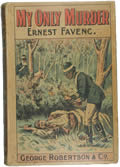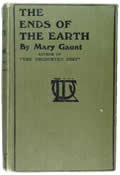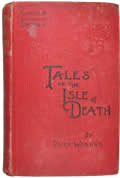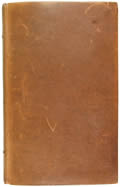Summary
Colonial Australian popular fiction embraced the Gothic from very early on in its development, with tales such as John Lang's 'The Ghost Upon the Rail' (1855) giving us ghosts or spectres whose activities seem to conspire with the isolation of the bush setting. What Marcus Clarke famously termed the 'weird melancholy' of the Australian bush readily lent itself to a host of well-worn gothic motifs inherited from the old world, but in the new country these were transformed or reinvented: the archetypal haunted house appearing as the derelict colonial homestead, the ruined bell-tower as a remote, bat-infested cave, the hermit as the solitary settler or miner and so on. The adaptation of such recognisable themes and motifs to the colonial setting, as well as the creation of new ones, helped to mark both similarities and differences to the major metropolitan centres, defining a developing colonial culture through its anxieties and nightmares as much as its aspirations. Works by writers such as Ernest Favenc, Hume Nisbet, Marcus Clarke, Price Warung, Rosa Praed, Mary Gaunt, Barbara Baynton and many others offer disturbing images of colonial existence in a land that seems almost actively to resist settlement and habitation, haunted by ghosts or phantoms, mythological beasts, unsettling aural effects, and the horrifying residues of colonial frontier violence.



